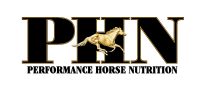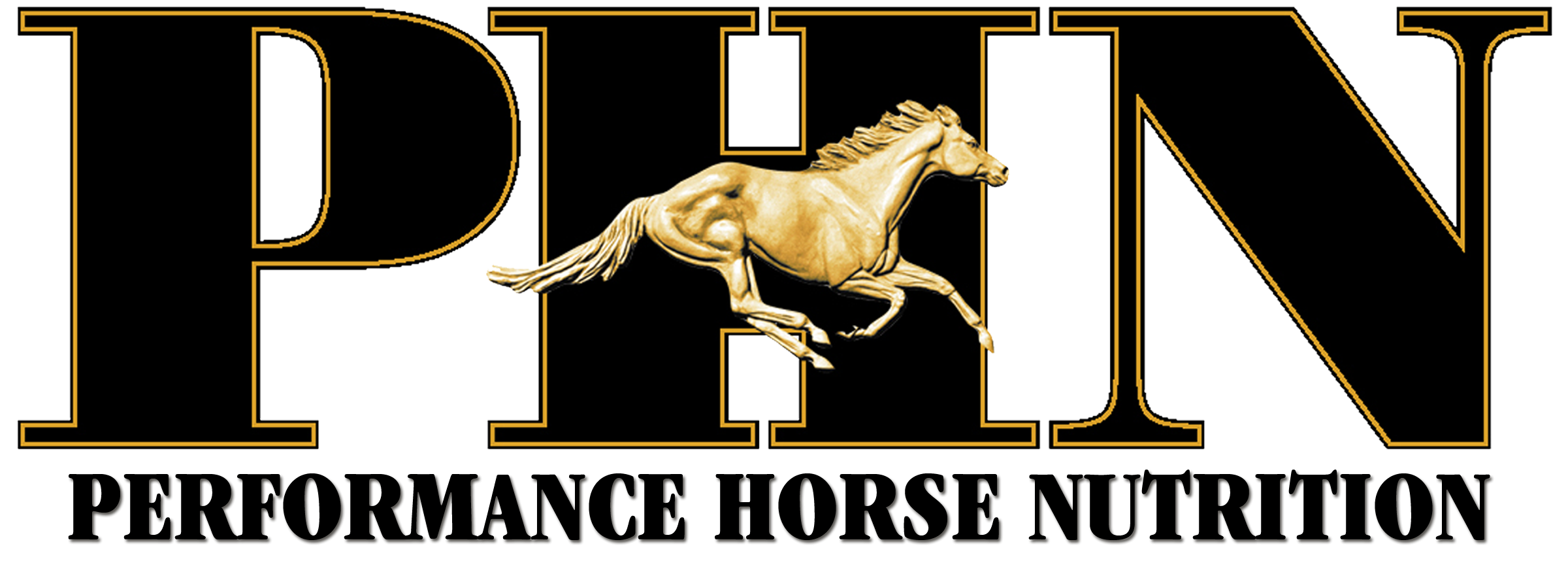FEEDING TO AVOID METABOLIC ISSUES
IN HORSES

Written by
Dr. Stephen Duren & Dr. Tania Cubitt – Performance Horse Nutrition®
Horses are grazing herbivores that live in herds when in their natural environment. They are designed to walk over long distances consuming a variety of forages constantly throughout the day.
So what is the “modern horse”? The modern domesticated horse is housed and managed by humans – this consists of a variety of management strategies including meal feeding, stabling, limited grazing, small confined paddocks, and mechanical transportation. All of these strategies are foreign to the horse’s natural behavior.
When horses were originally domesticated they endured heavy workloads whilst used for transportation and farm work. These activities required a high energy output and therefore additional energy in the form of cereal grains were fed to these animals.
More recently our horses have followed similar trends as companion animals and have decreasing exercise output accompanied by an increase in high calorie diets resulting in several metabolic issues becoming prevalent in the modern horse industry. There is an abundance of literature discussing the management of horses and ponies with metabolic disorders. There significantly fewer publication focusing on the avoidance of these disorders.
Equine Metabolic Syndrome
Metabolic issues have become widespread in the modern horse and have been grouped under the term Equine Metabolic Syndrome (EMS). This term is used to describe horses with both a metabolic and a hormonal disorder characterized by three main features: obesity or regional adiposity (accumulation of fat in certain areas, particularly the neck), insulin resistance (IR), and laminitis in horses and ponies.
Equine Metabolic Syndrome likely begins with a genetic pre-disposition and most commonly occurs in middle-aged horses (approx. 8-18 years). Certain breeds or individual horses are predisposed and often referred to as “easy keepers” by their owners. These horses are very efficient at utilizing calories and often require a lower plane of nutrition to maintain body weight than other horses, which is why EMS is a metabolic disorder. EMS more commonly affects ponies or thrifty breeds such as ponies.
Obesity
Obesity or regional adiposity is one of the components of EMS. Regional adiposity is an accumulation of fat in certain areas, such as a cresty neck, development of fat pads close to the tail head, just above the eye or fat accumulation behind the shoulder or in the sheath or mammary gland region. Obesity is common in horses; however some equines have a leaner overall body condition with accumulation of fat in only certain areas. It has been suggested that horses and ponies with EMS are evolutionary adapted to survive in harsh winter conditions and do well on sparse, poor quality grasses. This results in a genetic pre-disposition toobesity and insulin resistance under management conditions where feed is plentiful all year round. Obesity and a horse’s diet have been shown to have an effect on insulin sensitivity. When feeding horses suffering from obesity it is important to offer plenty of forage (1.2% of Bodyweight) and a low intake vitamin and mineral pellet such to ensure all nutritional requirements are being met without excess calories.
Insulin Resistance
Insulin is a hormone involved in the regulation of glucose (sugar) levels in the blood and tissues of the body. In response to feeding, insulin is secreted by the pancreas into the blood stream. Insulin in the blood stream directs the glucose absorbed from the food into the body’s tissues including liver, fat and muscle. Insulin resistance occurs when insulin no longer has a normal effect on the tissues. In the insulin resistant horse, the pancreas releases insulin into the blood stream, and the insulin arrives at the tissues and binds the cells, however the glucose enters the tissue cells at a much lower rate than normal. This lower rate of glucose uptake into tissues results in higher levels of blood glucose. Horses and ponies compensate for insulin resistance by secreting even more insulin into the bloodstream in order to keep the blood glucose concentration within the normal range. Therefore, horses and ponies with EMS have a higher concentration of insulin within the blood, which can be measured to determine if insulin resistance is present. Research has shown insulin resistance to be a major contributing factor in the development of laminitis in horses.
Laminitis
Laminitis is another devastating feature of EMS. Laminitis is a painful and debilitating disease of the digital laminae (the tissue inter-connection between the coffin bone and hoof wall). Often by the time clinical signs are recognized, crippling body changes such as sinking and rotation of the coffin bone have occurred. Although there are several causes of laminitis, the most common form of the disease is “pasture associated laminitis” which occurs in horses and ponies kept on pasture. An interesting feature of the disease is that in any given group of horses or ponies, certain individuals are susceptible to laminitis while others of the same breed, sex, and age managed in the same circumstances may not develop the disease.
Management Strategies
Now that we have outlined what metabolic/hormonal issues the modern equid can be faced with, we can begin to discuss management strategies to avoid developing these issues. Management strategies to avoid metabolic issues include: frequent monitoring of body condition to ensure the horse or pony never becomes obese. The final step in becoming obese is the animals outward appearance, by the time this has occurred, a myriad of detrimental hormonal and metabolic changes have already occurred within the horse or pony. Therefore it is imperative to maintain your horse at an optimal body condition score of 5 or 6 (1 to 9 scale)
Diet is another key in avoiding the onset of EMS. Horses and ponies evolved eating high forage diets. In the wild they moved constantly, consuming native shrubs and grasses. Today’s pastures are typically improved with more robust and nutritious species of grass that are managed to constantly be available. Therefore it is important especially with horses and ponies that are easy keepers to avoid over consumption of nutrient rich pastures. Options such as grazing muzzles and alternating between pasture turnout and dry-lot turnout can avoid excess weight gain. When feeding horses or ponies for increased performance; choose high fiber feeds instead of high grain diets, especially in those breeds that are more genetically predisposed to EMS. Exercise is often forgotten when designing management strategies to avoid EMS. Research has shown that exercise effects insulin sensitivity via several metabolic pathways. Therefore, exercise plays an important if not essential role in the treatment and prevention of insulin resistance and obesity. Working with a nutritionist is recommended to make sure the horse is provided with exactly the right nutrients to obtain the best performance possible.

